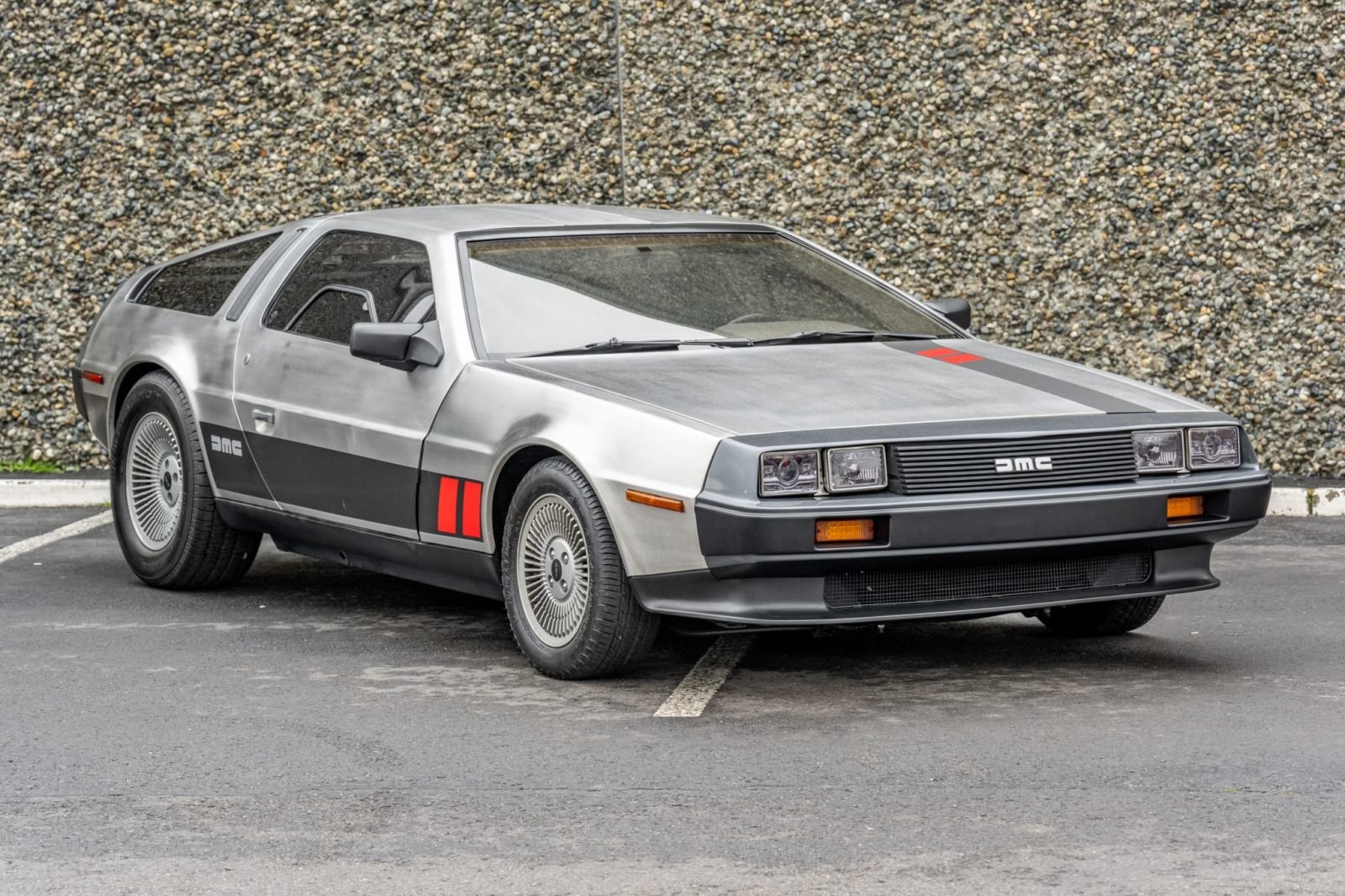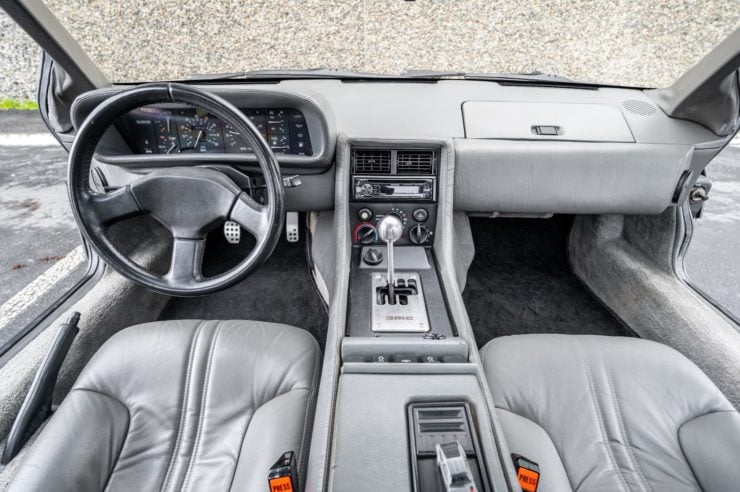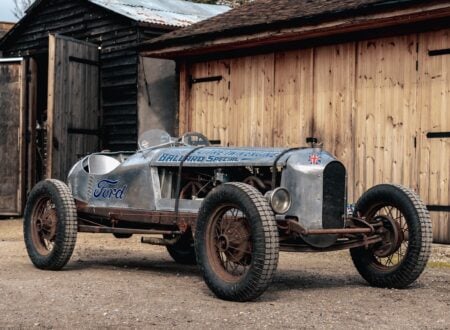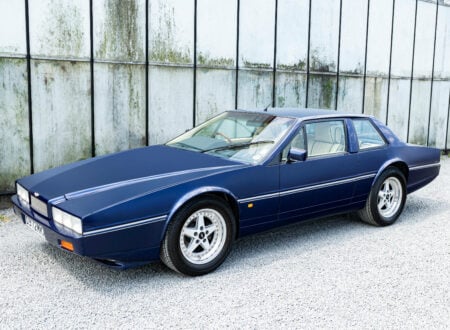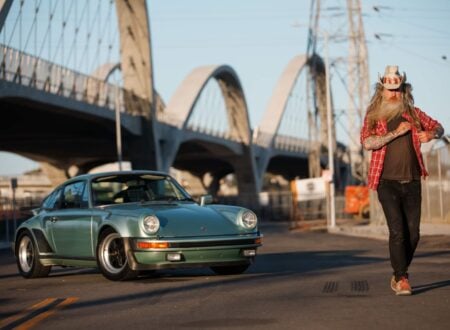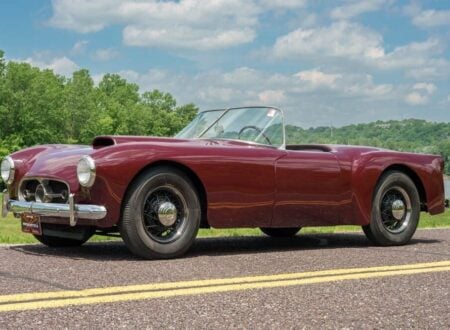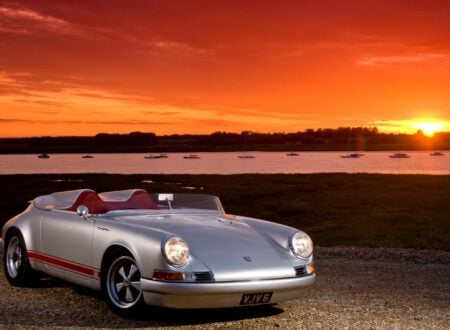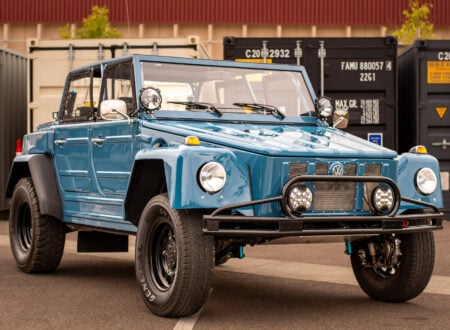This is a 1982 DeLorean DMC-12 fitted with the desirable Stage II performance kit to boost power output. The original DeLorean was famously low on power, producing just 130 bhp which resulted in disappointing performance – it could barely surpass 100 mph.
The Stage II kit changes all of this, it adds engine mods as well as new brakes and new suspension, to give the car the performance it should have had from the get go. Power output is now claimed to be in the region of 215 bhp with the 0 – 60 mph dash taking seven seconds.
Fast Facts – The Stage II DeLorean DMC-12
- The DeLorean DMC-12 was the ill-fated creation of John DeLorean, a former auto industry whizz kid who had been promoted to head the Pontiac Division at General Motors when he was just 40 years old, making him the youngest GM division head in the company’s history.
- DeLorean had a dream to develop and build his own car under his own brandname, he managed to get enough funding to launch the project, helped in part by an injection of funds from the government of Northern Ireland.
- The unusual DMC-12 was designed by Giorgetto Giugiaro, with much of the engineering done by Colin Chapman of Lotus. The original Wankel rotary engine chosen for the car was unavailable, and so compromises were made.
- The final production DMC-12 was powered by a rear-mounted 2.85 liter PRV V6 engine producing 130 bhp and 153 ft lbs of torque. The Stage II aftermarket kit provides engine modifications to increase power to a claimed 215 bhp, suspension and braking modifications are also included.
All Show And No Go
If it wasn’t for the fact that the DeLorean DMC-12 featured prominently in the much-loved Back To The Future film trilogy it’s likely it would be remembered with much less fondness, perhaps more like the Bricklin SV-1.
Above Video: This is the Regular Car Reviews episode dedicated to Matt Farah’s Stage II DeLorean, a car very similar to the one you see pictured here in this article.
The original design for the DeLorean included the use of a chassis made using the elastic reservoir moulding (ERM) process. This technology was found to be unsuitable and so the development was largely turned over to Colin Chapman and his team at Lotus.
Lotus And The DeLorean
Chapman developed the new DeLorean using technology he knew well – the car would have a steel backbone chassis and a fiberglass body. Stamped stainless steel body panels would then be glued to the fiberglass body giving the car its distinctive look.
The original engine for the car was intended to be a Wankel rotary however it was discontinued before production began, a turbo version of the Citroën CX 2000 engine was then investigated, but eventually the fuel-injected V6 PRV (Peugeot-Renault-Volvo) engine was chosen.
By the time the long-delayed DeLorean actually reached showroom floors the price had increased from the originally projected figure of $12,000 USD to $25,000 USD or more. Sales weren’t helped by poor reviews and lackluster performance, the company filed for bankruptcy in February 1982 – 8,975 cars were built in total.
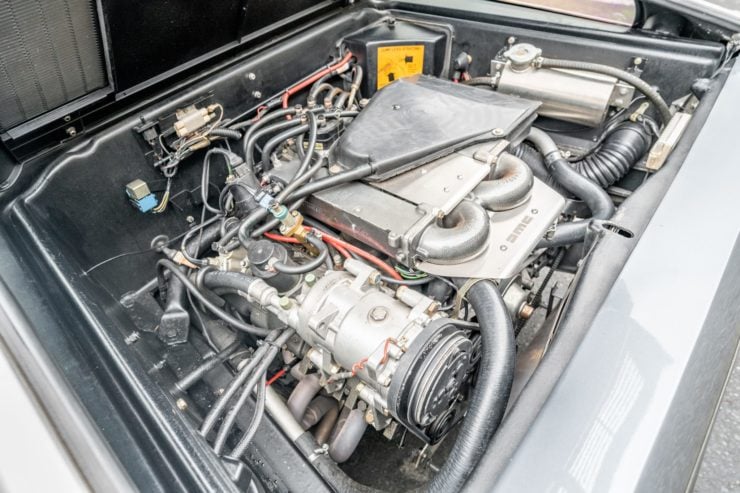

Back To The Future
Three years later in 1985 a Hollywood film about a mad scientist, his dog Einstein, and his young friend named Marty opened at cinemas across the United States. It was titled “Back To The Future” and it would become one of the highest grossing film series of the decade.
The DeLorean would play a central role in all three films in the trilogy, it was the time machine that allowed travel back and forth from the 1800s to the 1950s, 1980s, and into the 2000s.
Back To The Future launched the DeLorean from relative obscurity into a global phenomenon. Values of them soared after the film was released and John DeLorean must have wondered if things would have played out differently for him if the film had been released in 1981 rather than 1985, as it may very well have saved his company.
The Stage II DeLorean Shown Here
The car you see here is the vehicle that DeLorean should have released back in 1980 when they started production.
Rather than the 130 bhp of the original engine it’s now producing a claimed 215 bhp thanks to a slew of engine modifications including ported and polished heads, uprated camshafts, uprated catalytic converters and exhaust headers, a new stainless steel exhaust system, a new air intake and high flow filter, and a few smaller improvements.
With its 5-speed manual transmission (gated no less) and its more appropriate power levels, this DeLorean looks to be vastly more entertaining to drive than one of the originals.
It’s currently being offered for sale on Bring A Trailer out of Seattle, Washington, and at the time of writing there are still a few days left to bid – you can click here if you’d like to visit the listing.
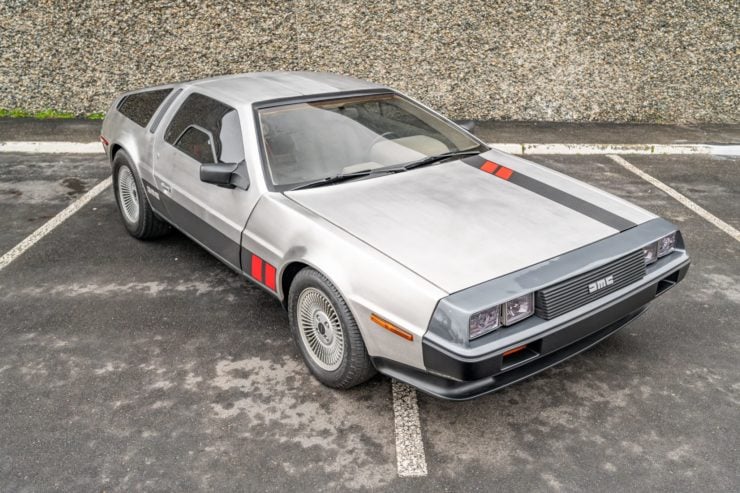
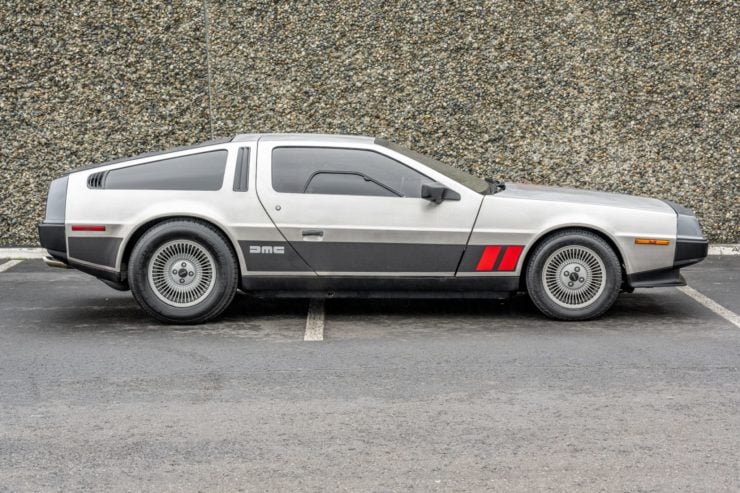
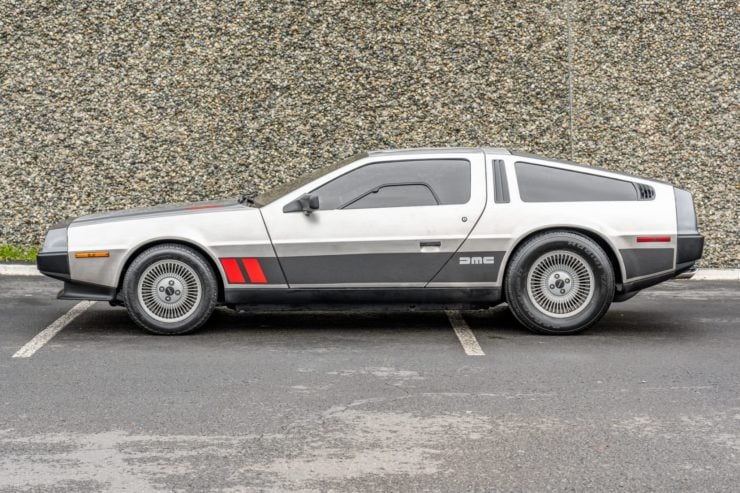
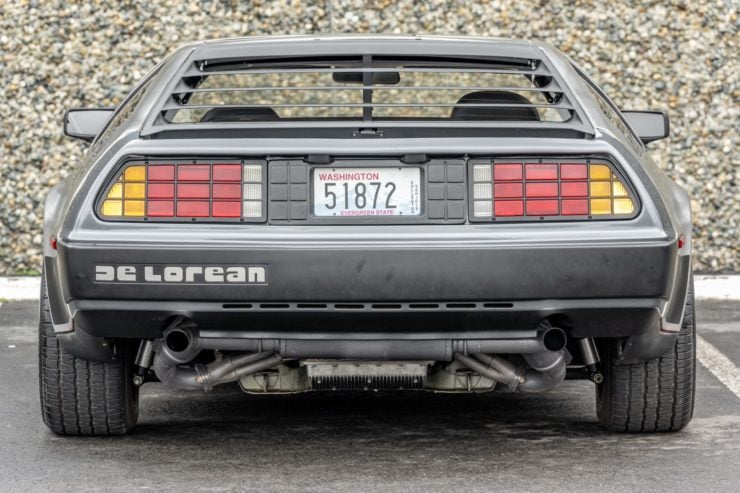
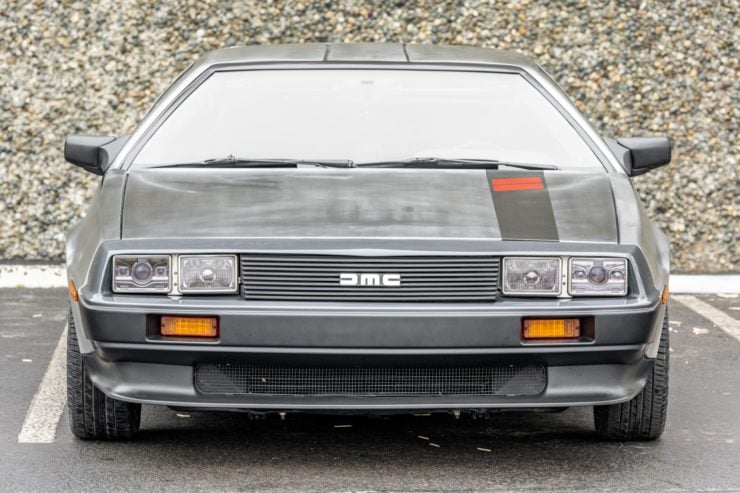
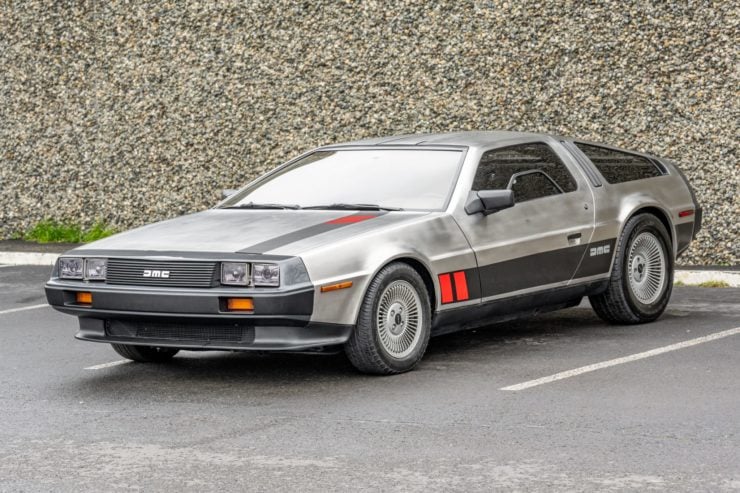
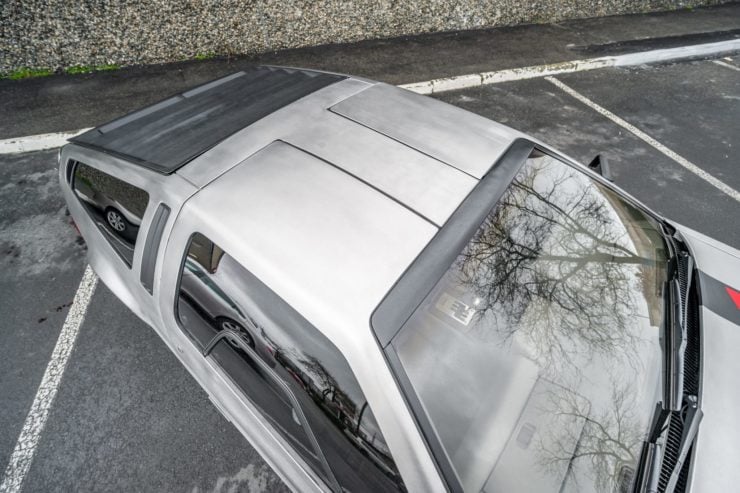
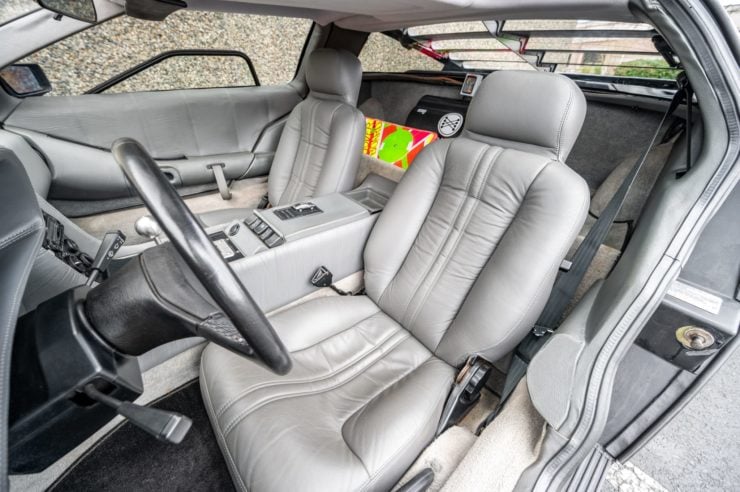
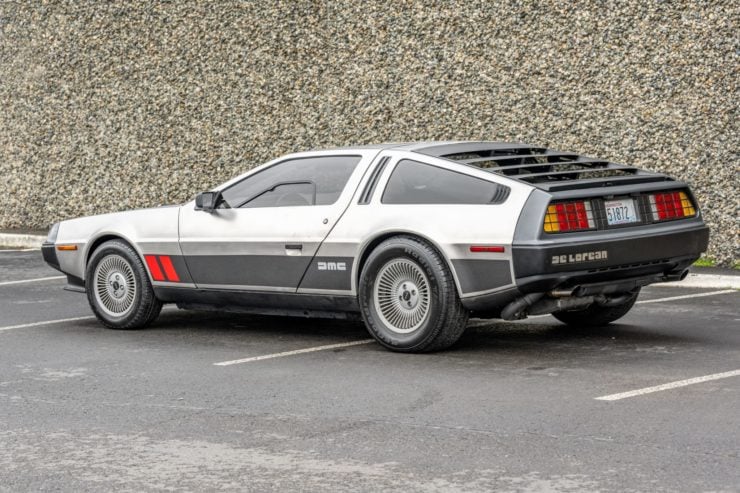
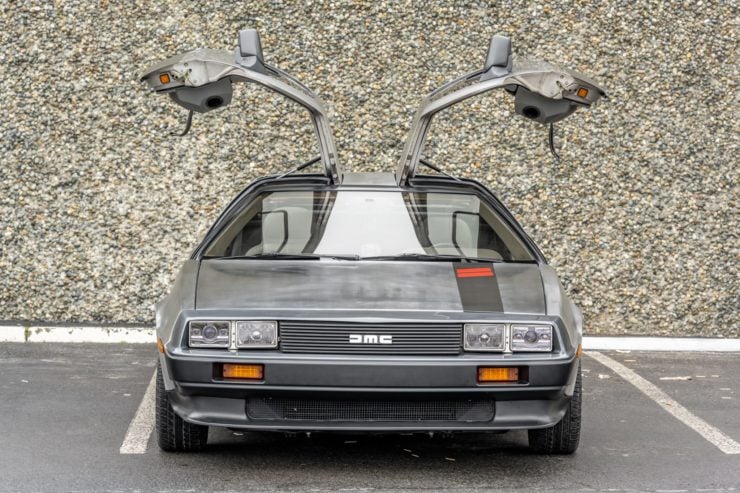
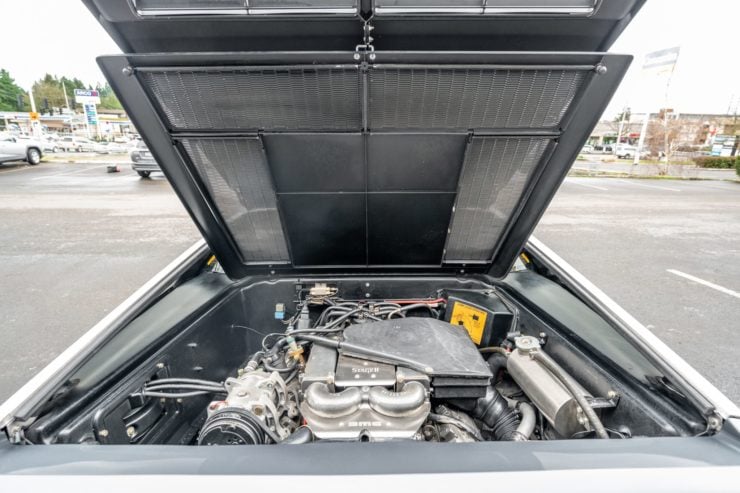
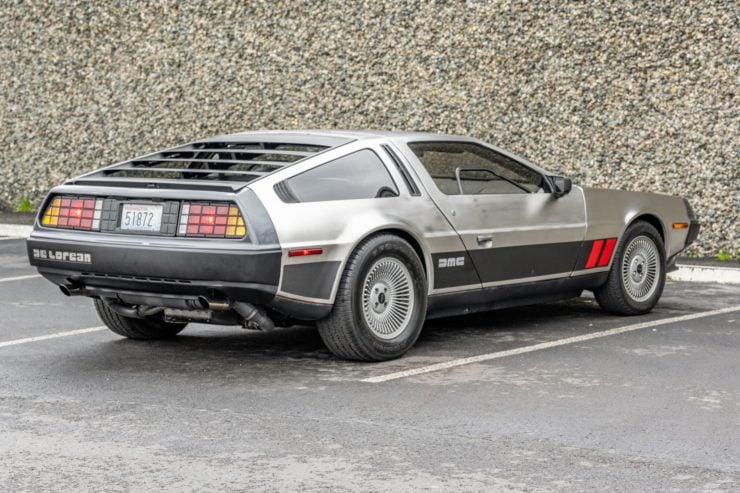
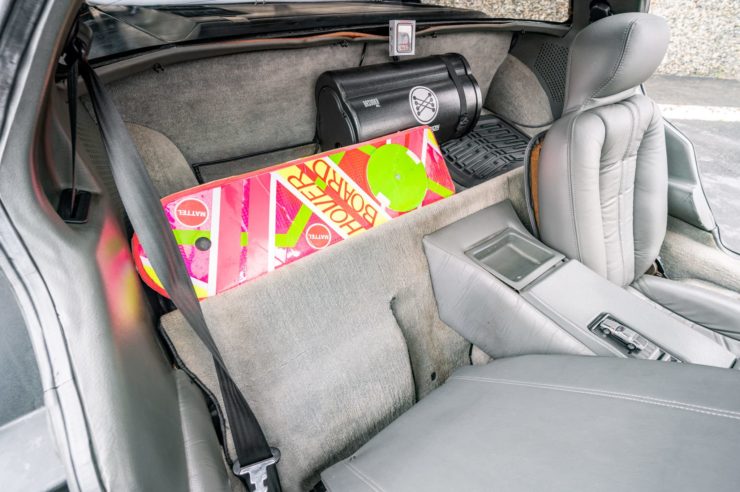
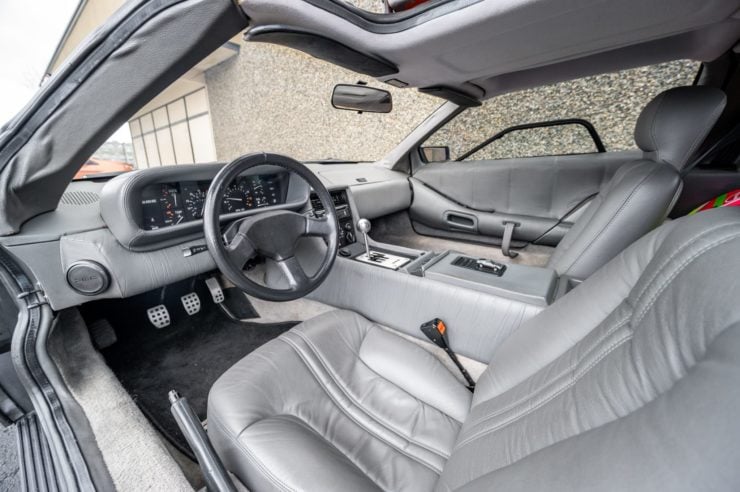
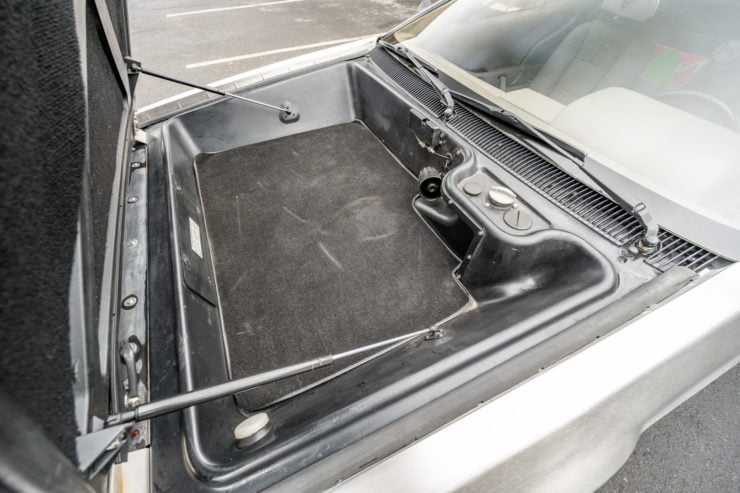
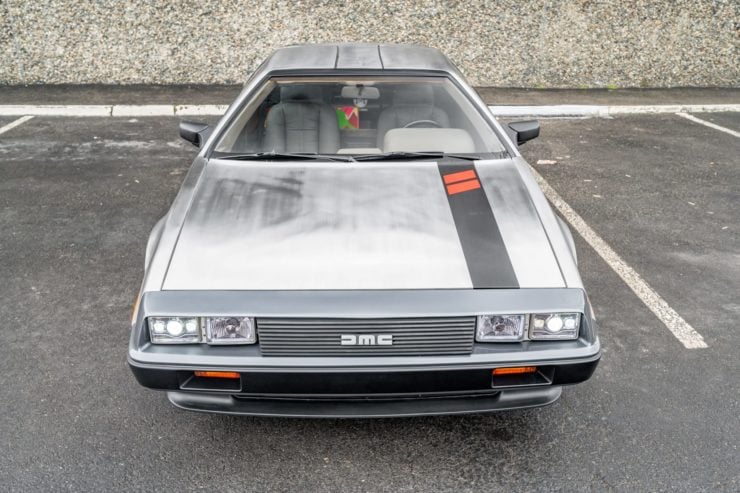
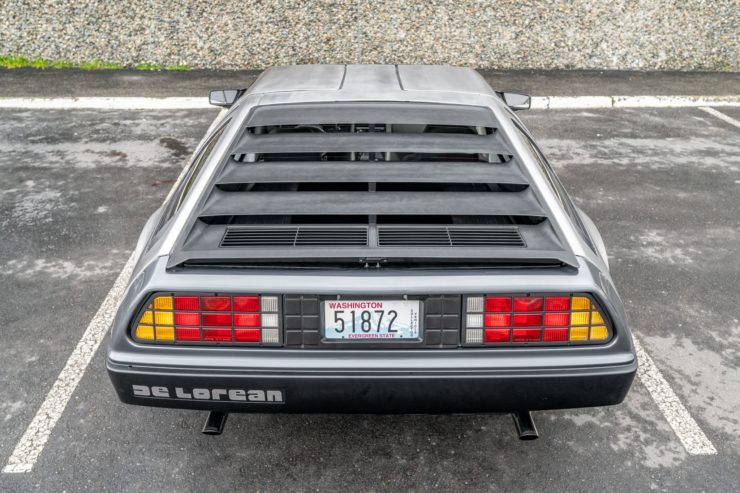
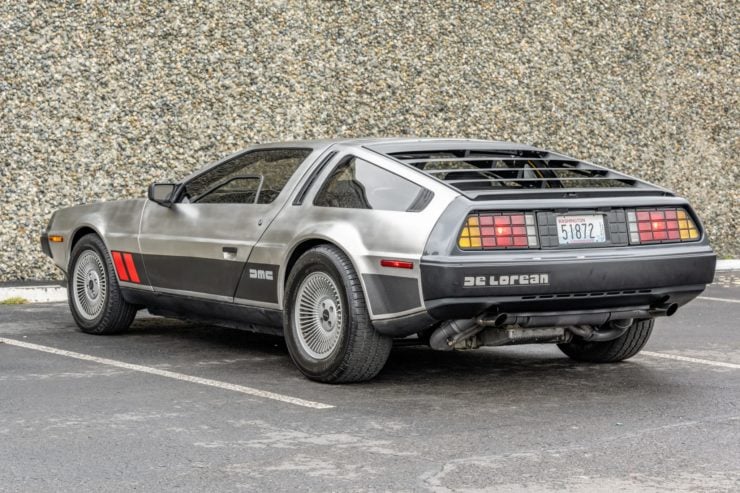
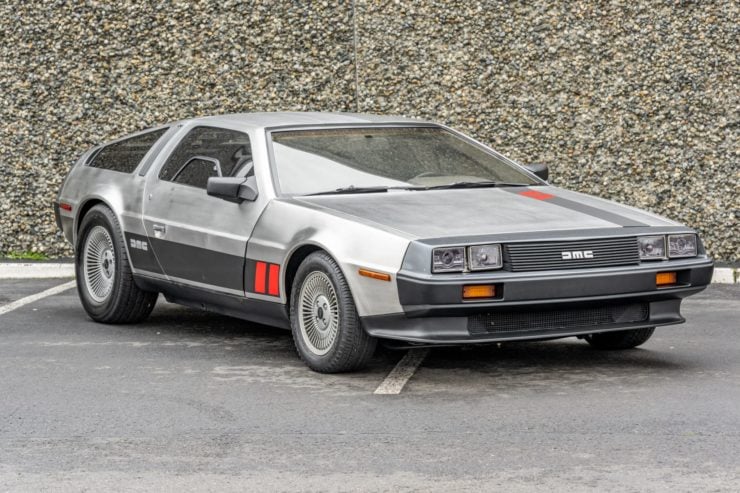
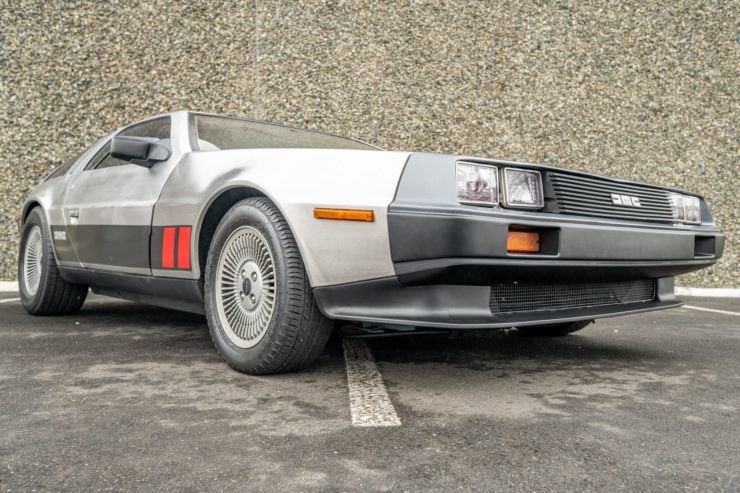
Images courtesy of Bring A Trailer

Articles that Ben has written have been covered on CNN, Popular Mechanics, Smithsonian Magazine, Road & Track Magazine, the official Pinterest blog, the official eBay Motors blog, BuzzFeed, Autoweek Magazine, Wired Magazine, Autoblog, Gear Patrol, Jalopnik, The Verge, and many more.
Silodrome was founded by Ben back in 2010, in the years since the site has grown to become a world leader in the alternative and vintage motoring sector, with well over a million monthly readers from around the world and many hundreds of thousands of followers on social media.

